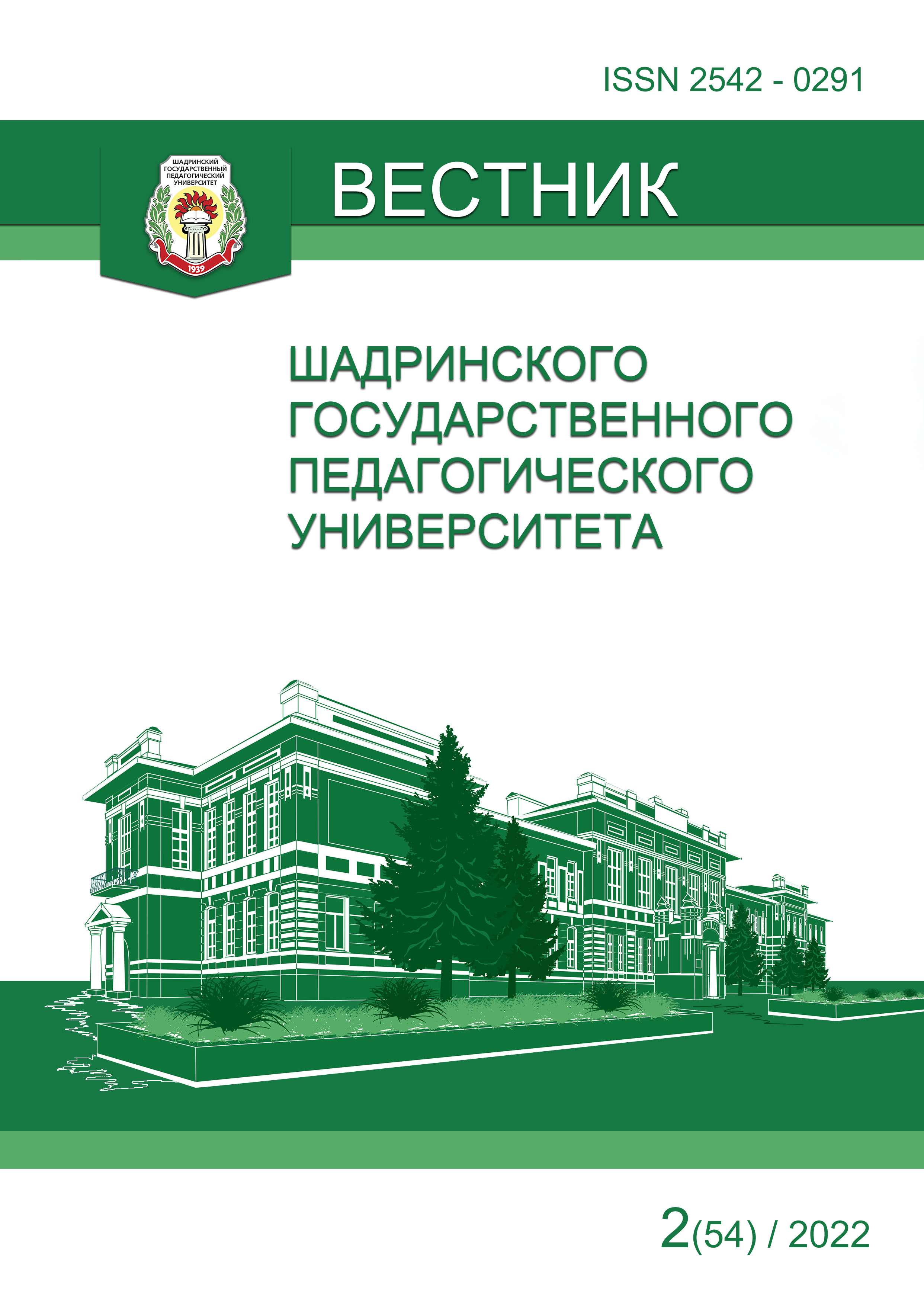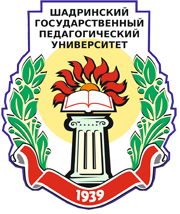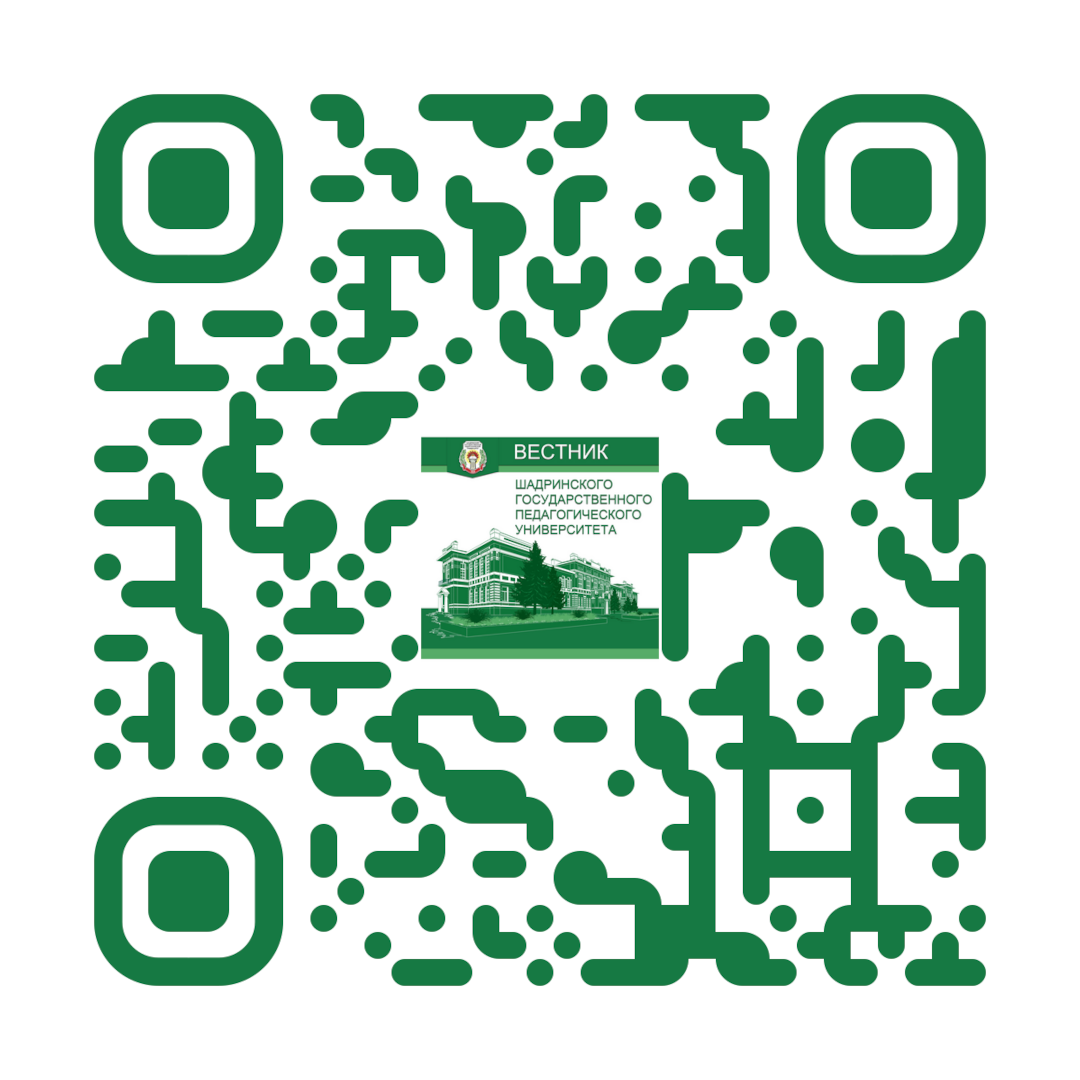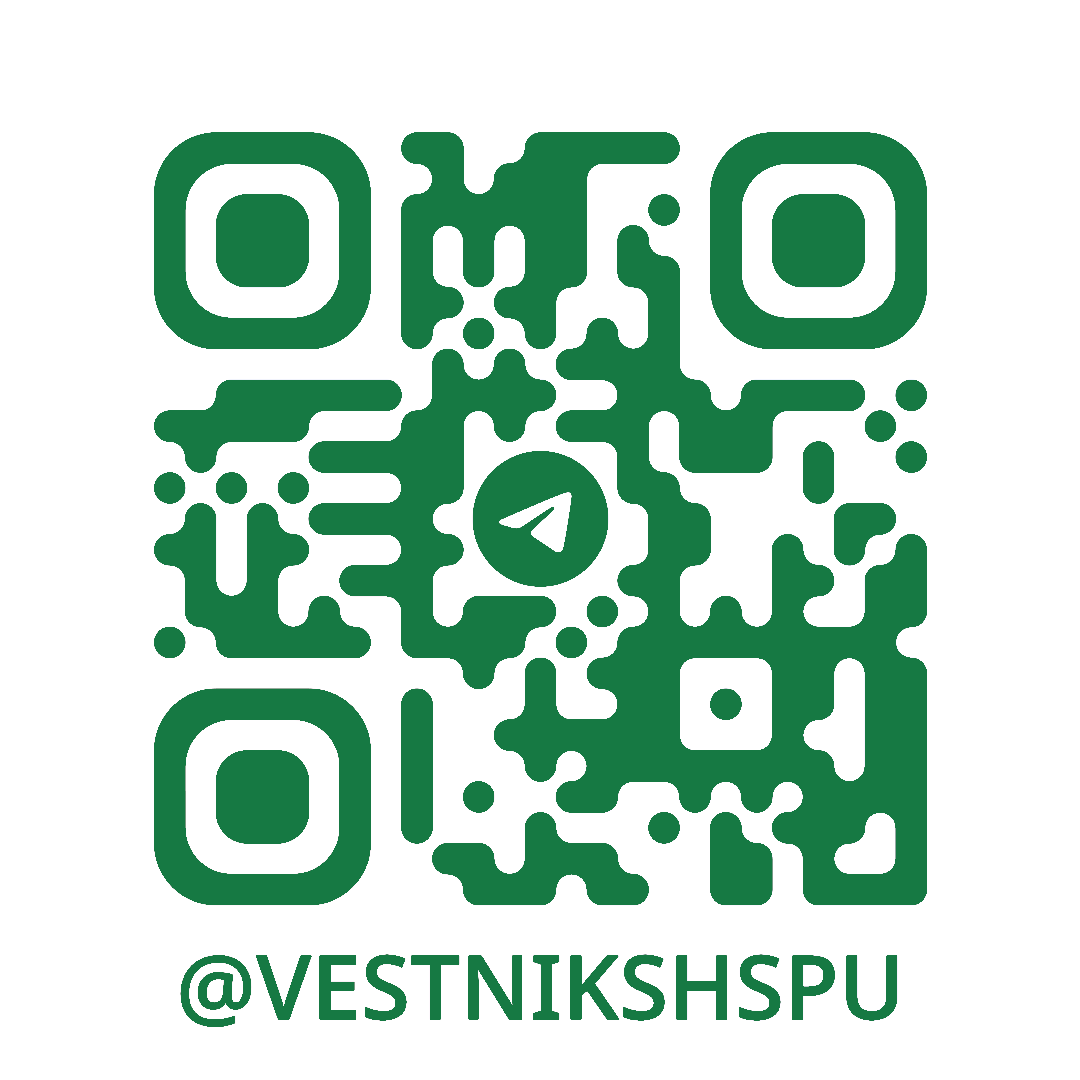Digital microscope as a means of developing third-graders' ideas about the value of nature
Digital microscope as a means of developing third-graders' ideas about the value of nature
Abstract
Currently, the purpose of primary school academic subjects, including the integrated course “The World around us” is to form the ways of students' activities using modern teaching tools, on the basis of which they acquire not only the necessary subject knowledge but also the development of their personal qualities, including aesthetic needs, values and feelings.
The purpose of this study is to identify the pedagogical conditions for using a digital microscope as a means of developing third-graders' ideas about the value of nature. Based on the analysis of scientific and educational literature, the following pedagogical conditions were identified: firstly, if the criteria for selecting nature objects for their study using a digital microscope are determined and the selection will be carried out in accordance with these criteria (objects of inanimate and living nature: bacteria, fungi, plants and animals that allow children to make “discoveries” that demonstrate beauty and show economic significance); secondly, if the method of demonstrating natural objects is used in the process of working with a digital microscope.
The results of the third-graders' tests showed that using a digital microscope in the classroom contributed to the development of ideas about the value of nature, as evidenced by statistically significant differences in the test results of the experimental and control classes.








